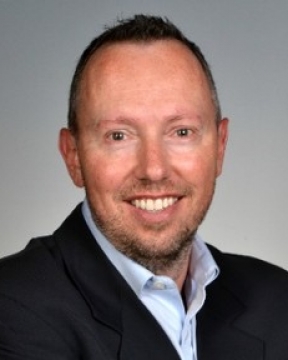 |
Erik MuijsenbergGlass Service IncThe First Modern Hybrid Oxy-gas Furnace With 59% Green Electric Energy In The World, Progressing On The Path To Decarbonization - Part 1 Durán International Symposium on Sustainable Glass Processing and Applications Back to Plenary Lectures » |
Abstract:How can we reduce our carbon emissions with new furnace concepts and ideas. New ideas only can be safely developed and tested by using validated Computational Fluid Dynamics (CFD) such as GS Glass Furnace Model (GS GFM). It is quite logical that no glass producer will build a new furnace concept melting 100+ tons per day without thorough analysis, calculations and extensive CFD modeling. Lately most glass producers are asking how to reduce carbon emissions with either increasing the amount of electric melting or hydrogen. We have seen in the past such intensive use of CFD modeling when the Oxy-fuel applications emerged. Now with the next generation of large Hybrid (with more than 50% electric boosting) or all Electric melters we can see an increase in demand once again.
“La Maison Française du Verre » (LMFV) is producing borosilicate glass for cookware in its factory of Châteauroux (France). Its hybrid furnace is melting around 160 tons per day and its design is improved during each rebuilt, every 5 years, focusing on glass quality and energy efficiency. Currently, the combustion space using oxygen and natural gas, combined with electric boosting within the bath of glass. This configuration has been successful in increasing the electrical energy to a high degree, resulting in significantly reduced CO2 emissions. To address the rebuilt needed in 2022, to face the realities of global warming and to tackle once gain CO2 emissions, “La Maison Française du Verre”, Glass Service a.s and F.I.C worked together during three years to determine what could be the next step for this furnace and its forehearths. The presentation will be divided into three parts:
The final furnace emits only 157 kg of CO2 per ton molten glass. |
|